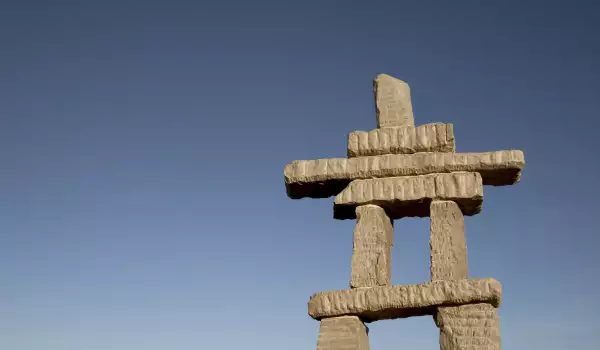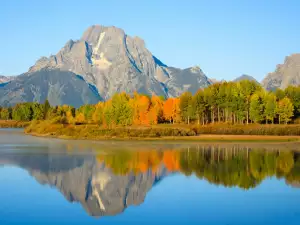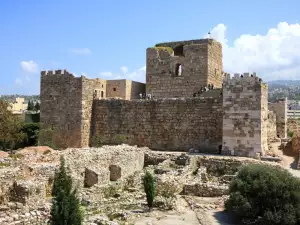Mount Aniakchak

Mount Aniakchak is a volcanic caldera over 3000 years old. It has a diameter of about ten kilometers and is located in Alaska. The area that surrounds the volcano is the Aniakchak National Monument.
The place is important because of its geological significance, but also because of its unique flora and fauna, and because of the Aniakchak River, which is among the most beautiful wild rivers in the country.
Aniakchak caldera was formed after a large eruption in 1645 BC. Then the mountain shrunk by more than 3, 000 feet. Since then the volcano has erupted more than twenty times. It is produced as volcanic ash and lava flows. Near volcano Aniakchak is the ancient Surprise Lake, which was at one hundred meters depth for over a thousand years and then suddenly dried up.
As soon as the lake dried, eruptions of magma were produced in clusters in the southeastern part of the caldera. Currently it is over nineteen meters deep and wide about three square kilometers. Its waters are warm, because they are rich in iron sediments that give incredibly beautiful shades to the volcanic landscape. Aniakchak volcano is one of the largest in the territory of Alaska. According to geological studies within the caldera, many centuries ago there was a lake that was full of snow, just as Crater Lake in Oregon.
In 1500, during one of the worst events in the history of Aniakchak, one cubic kilometer of eruption material runs and destroyed Half Cone, which is located within the caldera. At the end of this eruption, lava flow filled the pool, which was formed during the collapse of Half Cone. Large eruptions formed Blocky Cone, and two large craters, which are currently filled with water that have formed in the southeast wall of the caldera.
The volcano was discovered by European geologists in 1922. The only Aniakchak eruption since then, to this day was in 1931. It was recorded in the diary of the priest Bernard Hubbard, who was a keen geologist. He described the explosion as "small but bright explosion erupted in the caldera this year. Many thousands of tons of volcanic ash covered the caldera, and spread about forty miles, and covered the nearby small villages". The priest managed to take many pictures of Aniakchak volcano, which shed light on the history of the mountain.
The area around Mount Aniakchak has rich cultural traditions and history, which, however, archaeologists can only make guesses at, as there is no archaeological evidence of people's lives in this area. The greatest archaeological discovery in the area dates from 2000 years ago, more than a millennium after the caldera was finally formed.
Archaeologists believe the massive eruption formed a sort of dead zone that precludes inhabiting by humans for generations. Around the mountain, since prehistoric times, there were people who did fishing, gathered berries and collected shells. 1200 years ago there was enough food that the population multiplied.
In the historical era, people continued to enjoy the riches of the fertile land around Mount Aniakchak. In the twenties of last century commercial fishing appeared in the area, which continues to this day. In the area live bears and caribou.















